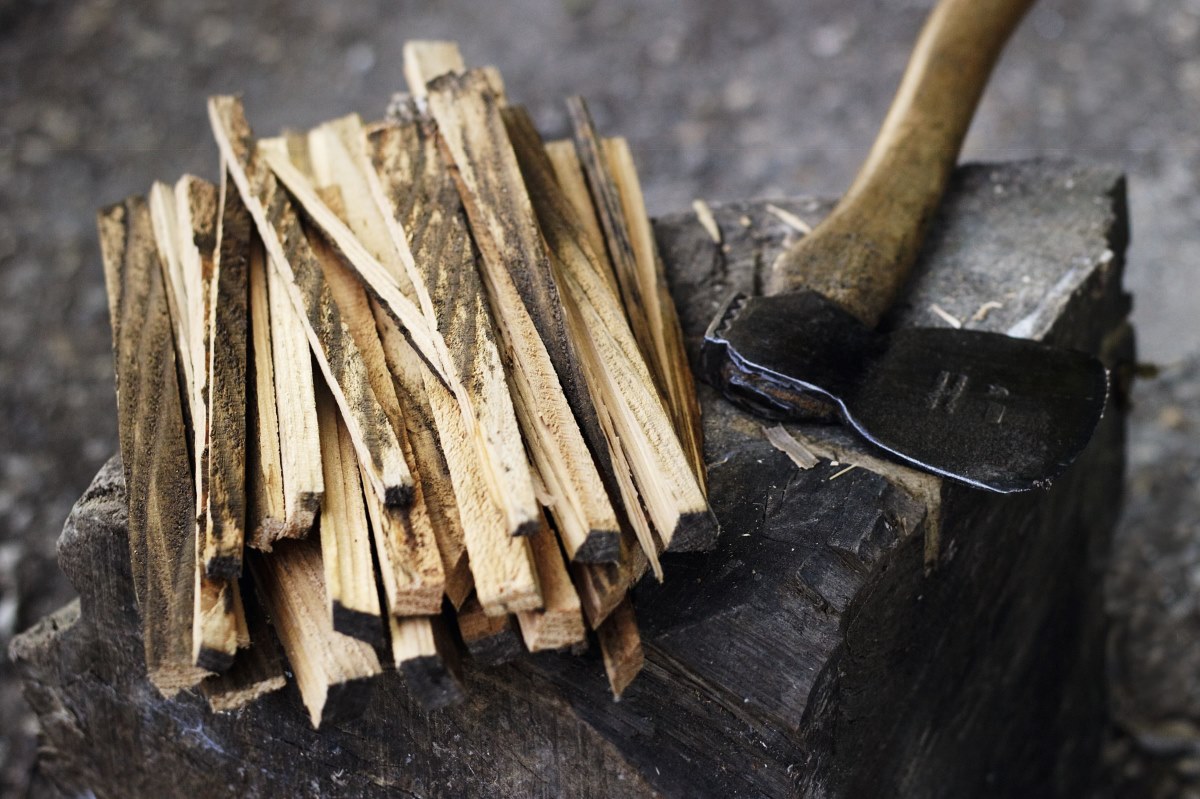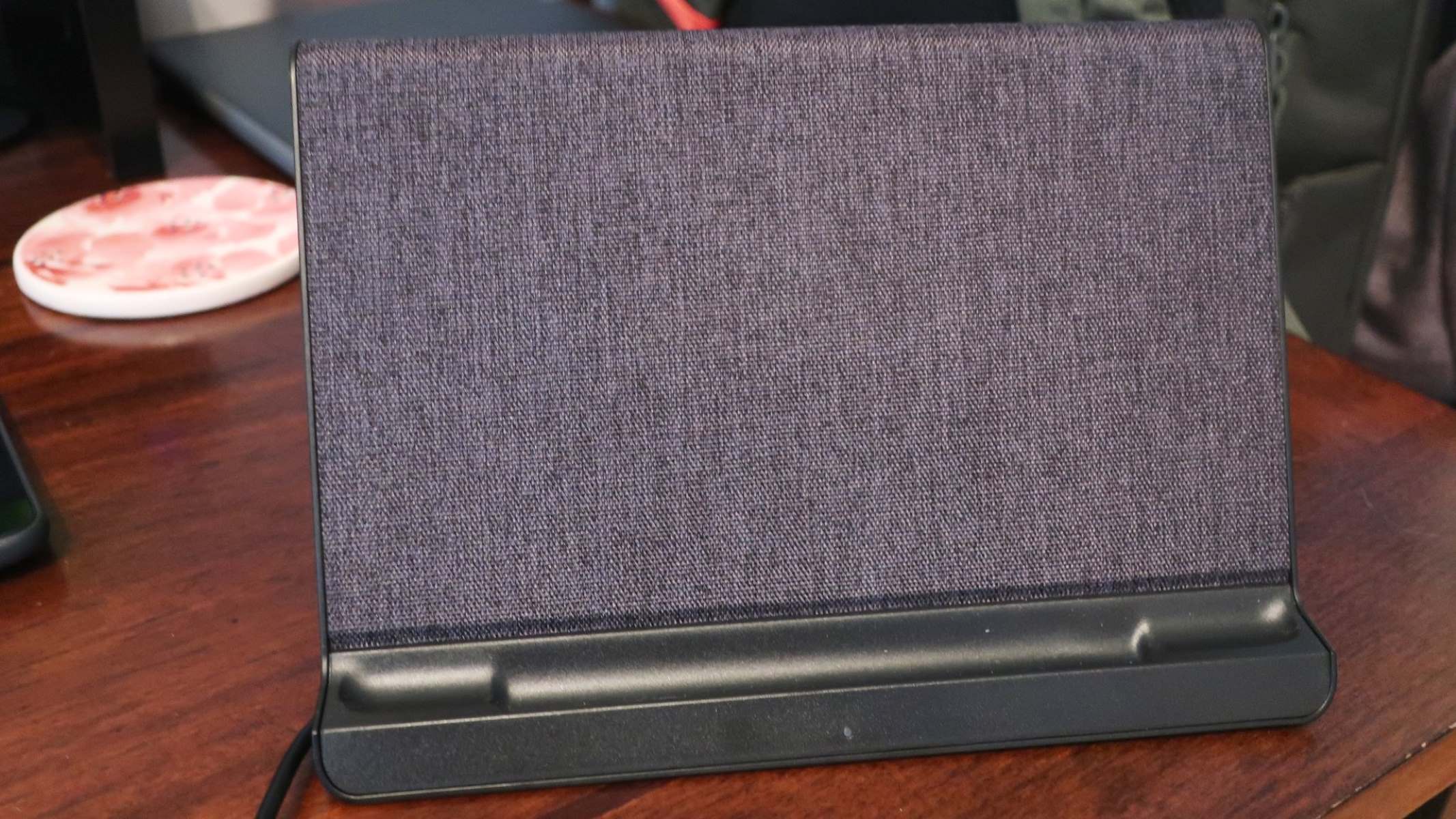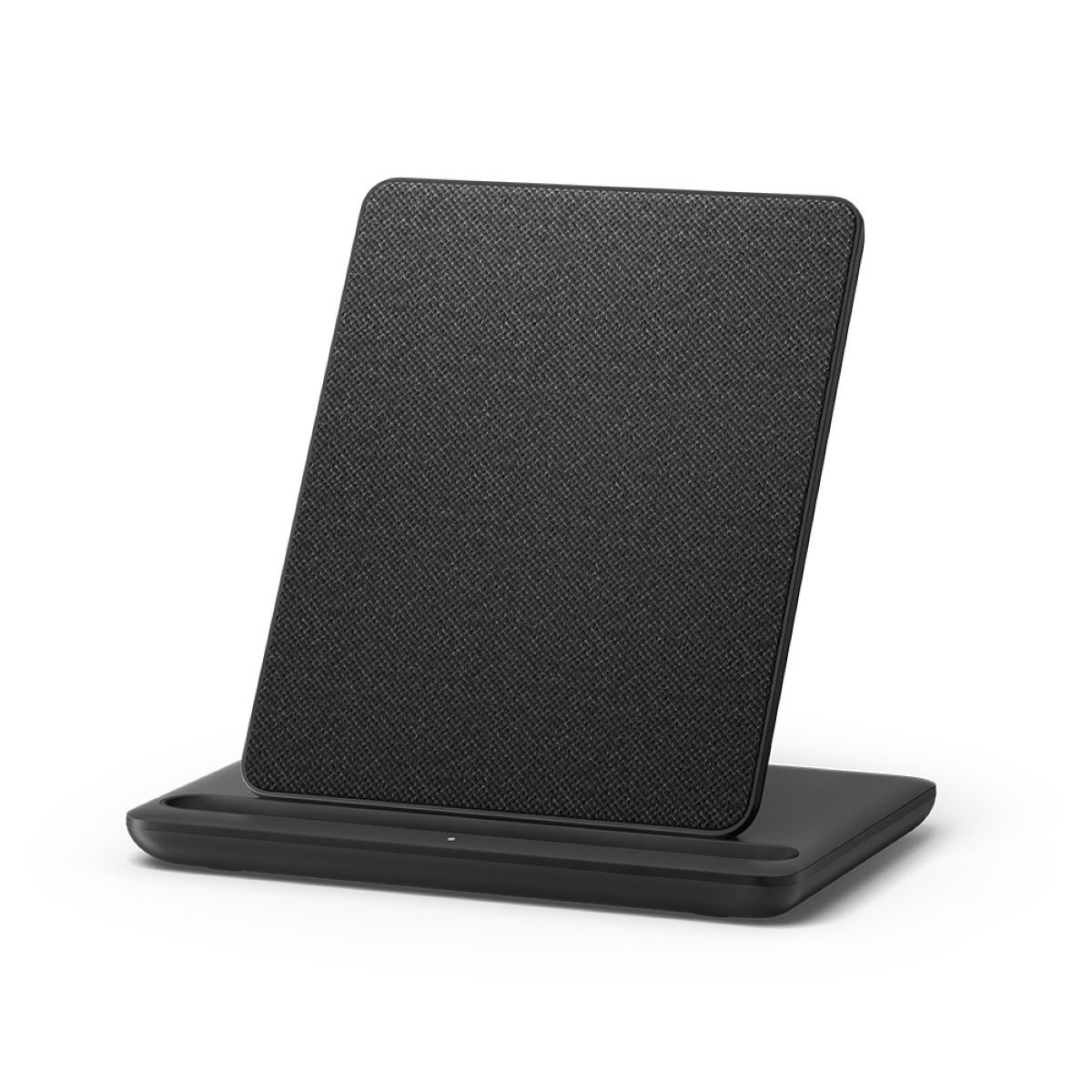

Articles
How To Store Kindling
Modified: January 19, 2024
Learn the best ways to store kindling with our informative articles. Keep your firewood organized and ready to use all season long.
(Many of the links in this article redirect to a specific reviewed product. Your purchase of these products through affiliate links helps to generate commission for Storables.com, at no extra cost. Learn more)
Introduction
Properly storing kindling is essential for those who rely on wood-burning stoves, fireplaces, or campfires. Kindling, the small dry twigs or wood pieces used to start a fire, ensures an efficient and successful fire ignition. However, if not stored correctly, kindling can lose its quality and effectiveness.
In this article, we will explore the importance of proper kindling storage and provide practical tips to help you store your kindling effectively. By following these guidelines, you can ensure that your kindling remains dry, readily accessible, and in optimal condition for when you need it most.
Key Takeaways:
- Proper kindling storage is crucial for efficient fire-starting, consistent fire quality, convenient access, and safety. Follow guidelines to ensure dry, accessible, and effective kindling for your wood-burning needs.
- Selecting the right storage location, container, and ventilation is essential for preserving kindling quality. Regular maintenance and protection from moisture and pests are key to ensuring reliable fire-starting material.
Read more: How To Store Kindling Outside
Why is Proper Kindling Storage Important
Proper kindling storage is important for several reasons:
- Fire-starting efficiency: When starting a fire, you rely on your kindling to catch fire quickly and easily ignite the larger logs. If your kindling is damp, damaged, or improperly stored, it may struggle to ignite and slow down the entire fire-starting process.
- Consistent fire quality: Properly stored kindling ensures a consistent fire quality. Dry, well-arranged kindling will burn evenly, providing a steady source of heat and light. On the other hand, if your kindling is wet or disorganized, it may create smoke, produce less heat, and require constant attention and re-ignition attempts.
- Convenient access: Storing your kindling properly means having it readily accessible when you need it. By keeping your kindling in a suitable container and organizing it effectively, you can easily grab a handful when starting a fire without wasting time searching or struggling to retrieve it.
- Safety: Keeping your kindling dry and properly stored reduces the risk of accidents or mishaps. Damp kindling can lead to unpredictable fires, sparks, or smoke, posing a danger to both your property and personal safety. By practicing proper storage techniques, you can minimize the risk of fire-related incidents.
By understanding the importance of proper kindling storage, you can ensure a more efficient and enjoyable fire-starting experience, whether it’s for heating your home or enjoying a cozy evening around a campfire.
Factors to Consider for Kindling Storage
When it comes to storing your kindling, there are several important factors to consider:
- Moisture and humidity: Kindling should be kept dry at all times to ensure easy ignition. Moisture can make the kindling difficult to light and cause it to smolder or produce excessive smoke. Choose a storage location that is protected from rain, snow, and other sources of moisture.
- Air circulation: Proper ventilation is essential to prevent mold or mildew growth on your kindling. Stagnant air can lead to dampness and the degradation of the wood. Select a storage space that allows for adequate air circulation to keep your kindling dry and in optimal condition.
- Accessibility: Your kindling should be easily accessible when you need it. Consider storing it in a location that is conveniently located near your fireplace, stove, or fire pit. This way, you won’t have to go searching for kindling when you’re ready to start a fire.
- Container suitability: The container you choose for kindling storage should be appropriate for the purpose. It should be sturdy, moisture-resistant, and large enough to hold an ample supply of kindling. Opt for containers made of metal, plastic, or treated wood that can provide protection and keep your kindling organized.
- Organizational system: Having an organized storage system for your kindling will save you time and effort. Consider using dividers, bins, or compartments within your storage container to separate different sizes or types of kindling. This will make it easier to grab the right amount and ensure efficient fire-starting.
- Quantity: Assess your needs and determine how much kindling you need to store. Consider factors such as the frequency of fires, the size of your firepit or fireplace, and the climate in your area. Stocking an adequate amount of kindling will ensure you have a sufficient supply for your fire-starting needs.
By taking these factors into account and implementing suitable storage solutions, you can ensure that your kindling remains dry, easily accessible, and ready to ignite at a moment’s notice.
Choosing the Right Location for Kindling Storage
When it comes to storing your kindling, selecting the right location is crucial for preserving its quality and ensuring easy access. Here are some considerations for choosing the optimal storage location:
- Dry and sheltered: Find a location that is dry and sheltered from the elements. Moisture from rain, snow, or excessive humidity can damage kindling and make it difficult to ignite. Choose an indoor storage area or a covered outdoor space, such as a shed or garage, to protect your kindling from moisture.
- Proximity to fire source: Ideally, the storage location should be in close proximity to the area where you will be using the kindling. If you have a fireplace inside your home, consider storing the kindling nearby for easy access. Similarly, if you have an outdoor fire pit or grill, find a storage spot that is convenient to reach when you need to start a fire.
- Good air circulation: To prevent the growth of mold or mildew on your kindling, choose a storage location that allows for proper air circulation. Stagnant air can lead to dampness and degrade the quality of the wood. If you are storing the kindling indoors, make sure there is adequate ventilation in the area.
- Away from heat sources: Avoid storing your kindling near direct heat sources, such as radiators or heating vents. Excessive heat can dry out the wood and make it more prone to catching fire unintentionally. Additionally, storing kindling near heat sources increases the risk of accidental fires.
- Secure and protected: Ensure that the storage location is secure and protected from pests and animals. Invest in containers or bins with lids that can keep the kindling safe from rodents or insects. If you are storing the kindling outdoors, consider using a lockable storage shed or container to prevent unauthorized access or theft.
By choosing the right location for your kindling storage, you can ensure that it remains dry, easily accessible, and in optimal condition for efficient fire-starting.
Ensuring Proper Ventilation in Kindling Storage
Proper ventilation is essential for maintaining the quality and usability of your kindling. Good airflow helps to prevent moisture buildup, mold growth, and deterioration of the wood. Here are some tips to ensure proper ventilation in your kindling storage:
- Choose the right container: Select a storage container that allows for adequate airflow. Avoid using airtight containers or bags that can trap moisture and restrict ventilation. Instead, opt for containers with slits or vents that enable air circulation while still providing protection from the elements.
- Elevate the kindling: Place your kindling on a raised surface within the storage container. This allows air to pass underneath and around the wood, preventing moisture from accumulating and promoting airflow.
- Leave space between the pieces: Arrange your kindling loosely in the storage container, leaving some space between the pieces. This airspace allows for air circulation and helps to prevent condensation. Avoid tightly packing the kindling, as it can lead to increased humidity and potential mold growth.
- Regularly rotate and flip: Every few weeks, rotate and flip your kindling within the storage container. This helps to equalize the airflow and prevent any areas from becoming stagnant. It also allows you to inspect the condition of the wood and identify any signs of moisture or deterioration.
- Keep the storage area ventilated: If you are storing your kindling indoors, ensure that the storage area has proper ventilation. Open windows, use fans, or install vents to promote airflow and reduce humidity. If possible, choose a storage location with natural ventilation, such as near an open window or in a well-ventilated room.
- Monitor humidity levels: Use a hygrometer or a moisture meter to keep an eye on the humidity levels in your kindling storage area. The ideal humidity level for kindling storage is around 10-20%. If you notice high humidity levels, take steps to improve ventilation or consider using a dehumidifier in the storage area.
By ensuring proper ventilation in your kindling storage, you can maintain the quality and effectiveness of your kindling, ensuring that it remains dry and ready for easy fire-starting.
Store kindling in a dry, well-ventilated area to prevent it from absorbing moisture. Keep it off the ground and away from direct contact with the elements to ensure it stays dry and ready for use.
Read more: How To Store Kindle Books On Sd Card
Selecting the Suitable Container for Storing Kindling
Choosing the right container for storing your kindling is essential for keeping it dry, organized, and easily accessible. Here are some factors to consider when selecting the suitable container:
- Material: Opt for a container made of a material that is moisture-resistant and durable. Metal, plastic, or treated wood containers are all suitable options for storing kindling. Avoid containers made of materials that can absorb moisture, such as unsealed wood.
- Size: Consider the amount of kindling you plan to store and choose a container that is large enough to accommodate it all. Ensure that the container is deep enough to hold the length of your kindling and wide enough to allow for easy access.
- Handles or grips: Look for a container that has handles or grips for convenient transportation. This will make it easier to move the container when needed, especially if you store your kindling in a different location from the fireplace or fire pit.
- Ventilation: A well-ventilated container allows for airflow, preventing moisture buildup and mold growth. Look for containers with slits, vents, or perforations that allow air to circulate while still protecting the kindling from external elements.
- Lid or cover: A lid or cover is essential for protecting the kindling from moisture, pests, and debris. Ensure that the container has a secure, well-fitting lid that can be easily opened and closed. This will keep your kindling dry and in optimal condition.
- Accessibility: Consider how easy it is to access the kindling from the container. Look for containers with wide openings or hinged lids that allow you to easily reach in and grab the desired amount of kindling without hassle.
- Organization: If you prefer a neat and organized storage system, choose a container that allows for easy organization of your kindling. Dividers or compartments within the container can help separate different sizes or types of kindling, making it easier to grab what you need when starting a fire.
By selecting the suitable container for storing your kindling, you can ensure that it remains dry, protected, and easily accessible whenever you need to start a fire.
Organizing and Arranging Kindling in the Storage Container
Proper organization and arrangement of your kindling in the storage container not only make it easier to find and access the wood but also helps maintain its condition and quality. Here are some tips for organizing and arranging your kindling:
- Sort by size: Start by sorting your kindling according to size. Group thin twigs together, medium-sized pieces in another group, and thicker branches or logs in a separate group. This will make it easier to grab the appropriate size when starting a fire.
- Use dividers or compartments: If your storage container allows it, use dividers or compartments to separate the different groups of kindling. This will help keep them organized and prevent them from getting mixed up or tangled together.
- Stack vertically: Arrange your kindling vertically rather than laying them flat. This not only optimizes the use of space but also allows for better airflow between the pieces. Stacking vertically also makes it easier to grab a handful of kindling when needed.
- Alternate direction: When stacking the kindling vertically, alternate the direction of each layer. This helps to create stability and prevent the kindling from leaning or falling over. It also allows for better air circulation between the pieces.
- Separate by type: If you have different types of kindling, such as dry twigs, pinecones, or newspaper rolls, consider separating them within the storage container. This way, you can easily choose the type of kindling that suits your fire-starting needs.
- Regularly rotate: Every few weeks, rotate the kindling within the container. This will help redistribute any moisture that may have collected and prevent any areas from becoming damp or moldy. It also allows you to inspect the condition of the wood and remove any pieces that need to be replaced.
- Keep it neat: Regularly tidy up the storage container by removing any loose bark, debris, or dust that may accumulate. This not only keeps your kindling clean but also helps prevent pests or insects from making their home in the container.
By organizing and arranging your kindling in the storage container, you can keep it easily accessible, in good condition, and ready to use when you want to start a fire.
Protecting Kindling from Moisture and External Elements
Keeping your kindling protected from moisture and external elements is crucial for ensuring its quality and effectiveness when starting a fire. Here are some tips to help you protect your kindling:
- Choose a waterproof storage container: Select a storage container that is waterproof or has a waterproof lining. This will prevent water from seeping into the container and reaching your kindling. Ensure that the lid or cover fits tightly to provide a secure seal against moisture.
- Elevate the container: Place your storage container on a elevated surface or use pallets to lift it off the ground. This will help prevent moisture from the floor and reduce the risk of water damage to your kindling.
- Keep the storage area dry: Ensure that the storage area itself is dry and free from moisture. Avoid storing the kindling in damp basements or areas prone to leaks. If necessary, use a dehumidifier or moisture absorbers to keep the storage area dry.
- Avoid direct contact with the ground: If you are storing kindling outdoors, refrain from placing it directly on the ground. Moisture from the soil can penetrate the bottom of the container and affect the quality of the wood. Use a sturdy, raised platform or a pallet to keep the container elevated.
- Protect from rain and snow: If your kindling storage area is exposed to rain or snow, consider placing a tarp or waterproof cover over the storage container. This will provide an extra layer of protection and prevent water from seeping into the container.
- Maintain proper ventilation: While it’s important to protect your kindling from moisture, it’s equally crucial to ensure proper ventilation. Good airflow helps prevent mold or mildew growth. Choose a storage container with ventilation slits or periodically open the lid to allow for air circulation.
- Inspect and replace damaged pieces: Regularly inspect your kindling for any signs of moisture damage, mold, or decay. Remove any damaged pieces promptly to prevent them from affecting the rest of the kindling. Replace them with dry, suitable replacements to maintain a high-quality supply.
By taking these measures to protect your kindling from moisture and external elements, you can ensure it remains dry, readily ignitable, and in optimal condition for dependable fire-starting.
Maintenance and Regular Check-ups for Kindling Storage
Maintaining your kindling storage is crucial to ensure that your wood remains in good condition and ready for use when you need it. Regular check-ups and maintenance routines can help prolong the life of your kindling and optimize its effectiveness. Here are some tips for maintaining your kindling storage:
- Inspect for moisture: Regularly check your kindling for any signs of moisture or dampness. Feel the wood to ensure it is dry. If you notice any wet or damp pieces, remove them immediately to prevent them from affecting the rest of the supply.
- Check for pests: Keep an eye out for any signs of pests or insects in your kindling storage area. Look for chewed wood or droppings. If you spot any signs of infestation, take appropriate measures to eliminate the pests and prevent further damage to your kindling.
- Rotate and flip: Regularly rotate and flip your kindling within the storage container. This ensures equal exposure to air and prevents any areas from becoming stagnant or accumulating moisture. It also allows you to visually inspect the condition of the wood and remove any damaged pieces.
- Remove debris: Regularly clean out any debris, such as bark, dust, or loose twigs, that may accumulate in the storage container. This helps to maintain cleanliness and prevent pests or insects from nesting in the container.
- Monitor storage conditions: Keep an eye on the temperature and humidity levels in your kindling storage area. Extreme temperatures or high humidity can affect the quality of the wood. Use a temperature and humidity meter to ensure that the conditions are within the optimal range for storing kindling.
- Refill as needed: Monitor your kindling supply and refill as necessary to ensure you have an ample amount on hand. Keep track of your usage patterns to ensure you always have enough kindling when starting a fire.
- Replace containers if damaged: If your storage container becomes damaged or no longer provides adequate protection, replace it with a new one. A damaged container can compromise the quality of your kindling and increase the risk of moisture exposure.
By regularly maintaining and checking your kindling storage, you can ensure that your supply remains in good condition, ready to provide you with effective fire-starting material whenever you need it.
Read more: How To Light A Fire Pit Without Kindling
Conclusion
Proper kindling storage is essential for maintaining the quality and effectiveness of your fire-starting material. By following the tips and guidelines outlined in this article, you can ensure that your kindling remains dry, easily accessible, and in optimal condition for starting fires.
From choosing the right storage container to organizing and arranging your kindling, each step plays a crucial role in preserving its quality. Protecting it from moisture and external elements, ensuring proper ventilation, and conducting regular maintenance check-ups are key factors in maintaining a reliable supply of kindling.
By investing time in storing your kindling properly, you can enhance your fire-starting efficiency, maintain a consistent fire quality, and ensure safe and convenient access. Additionally, taking steps to protect your kindling from moisture, pests, and debris will contribute to its longevity and usability.
Remember to regularly inspect your kindling for any signs of moisture, pests, or damage, and make necessary adjustments or replacements when needed. By being proactive in caring for your kindling storage, you can enjoy a hassle-free and enjoyable fire-starting experience.
In conclusion, by following the tips and techniques highlighted in this article, you can ensure that your kindling remains in optimal condition, ready to ignite and provide warmth and comfort for your wood-burning stoves, fireplaces, or campfires.
Frequently Asked Questions about How To Store Kindling
Was this page helpful?
At Storables.com, we guarantee accurate and reliable information. Our content, validated by Expert Board Contributors, is crafted following stringent Editorial Policies. We're committed to providing you with well-researched, expert-backed insights for all your informational needs.














0 thoughts on “How To Store Kindling”